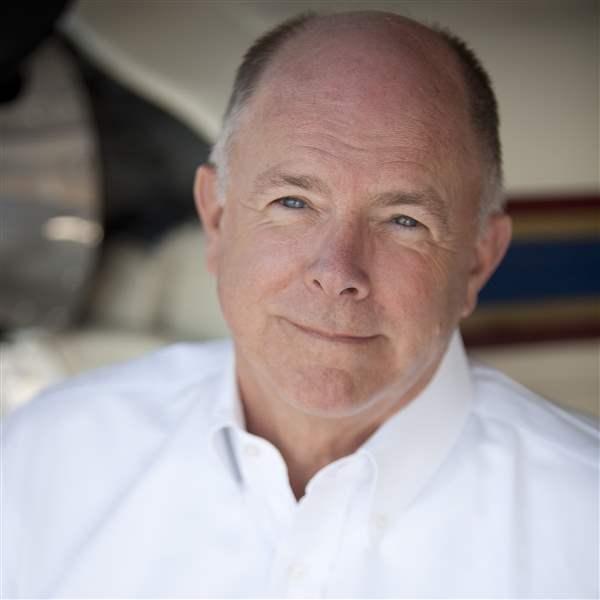In this issue, AOPA Pilot Editor at Large Tom Horne reports on two very different airplanes. One, the new Mooney Acclaim, is "probably the fastest piston single on the market," said Horne ( " Muscle Mooney," page 72). The other pilot report is on the 2006 AOPA sweepstakes airplane, a 1967 Cherokee Six that's in the middle of a complete restoration ( " AOPA's Win a Six in '06 Sweepstakes: The Oshkosh Debut," page 127). "The Six is about 100 knots slower than the Acclaim, so the Mooney gets the prize in the speed department. But just try to load 1,000-plus pounds worth of cargo and motorized bicycles into a Mooney. Ain't gonna happen. But that's how I fly the Win a Six. It would be nice to have an airplane that could both go fast and carry a big load, but that's not the way it works," Horne concluded.
It took a nationwide search to find the Piper Arrow profiled in the story by Alton K. Marsh ( " Budget Buy: Fly Yourself," page 86). Members of Piper owner groups and AOPA members responded with photos and descriptions after the call went out for the best Arrow in the nation. Equally good copies of the famous model emerged from the East Coast to the West Coast, with the final contenders located in California and Texas. None of the owners could quite top the enthusiasm of Arrow owner James J. Juneau, of Addison, Texas, who wrote special data sheets and scouted out a perfect location for the photo shoot on the Texas/Oklahoma border. OK, there was one additional factor: he lived near the location of a second story that ran a few months ago on the construction of new light-sport Cubs, enabling two stories to be done in one trip.
"There are few sensations that are more uncomfortable in instrument conditions than not being sure of your location," says AOPA Air Safety Foundation Executive Director Bruce Landsberg. "Moving through the sky at two to three miles a minute with zero forward visibility must be an exercise in positional certainty." In " Safety Pilot Landmark Accidents: A Fix Too Far," page 94, Landsberg looks at a professional flight crew that felt sure of the aircraft's position but apparently was referencing the wrong fix. "Distance, bearing, and altitude must coincide with the charted guidance, and even with relatively late-model avionics, the opportunity for confusion still exists. This scenario of thinking that you are one place while actually being somewhere else has been played out many times with frequently disastrous results."
Even when fuel prices were less than $1.50 per gallon, contributor Peter A. Bedell was on the prowl for cheap gas and using many fuel-saving techniques. Now, with fuel prices more than $4 per gallon in much of the country, his efforts have been stepped up. "Being a part owner of a twin makes saving fuel doubly important," he says. "A few years ago, I wouldn't believe that getting fuel for $3.30 per gallon would be a bargain in 2006. But that's what we paid to fill up our fuel tank at our private strip — one of the biggest cost-saving efforts my partners and I made years ago to minimize the cost of fuel." In " Facing Down Fuel Costs," page 109, Bedell discusses operational techniques and products that can help owners cut fuel consumption and reduce the cost of flying.



